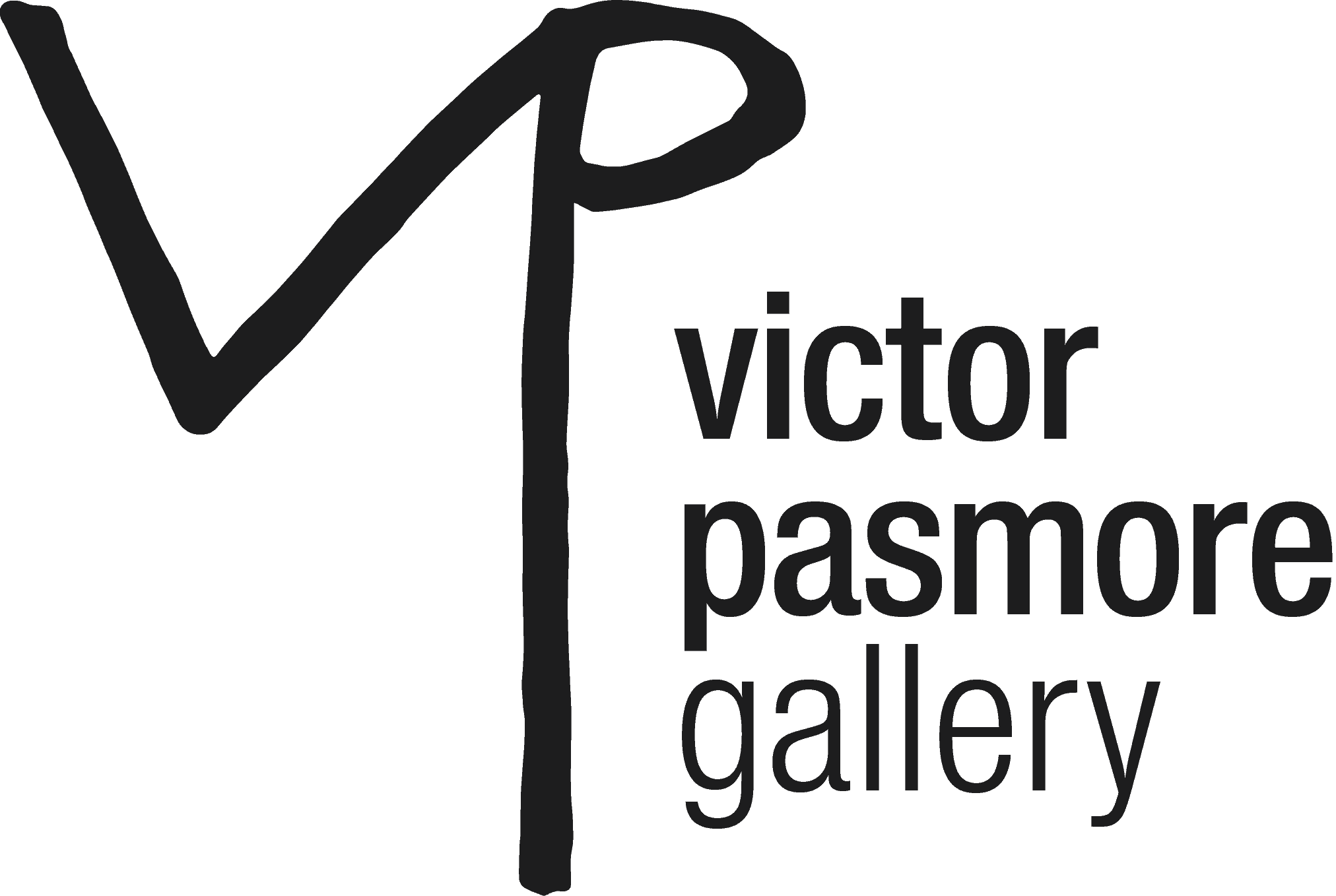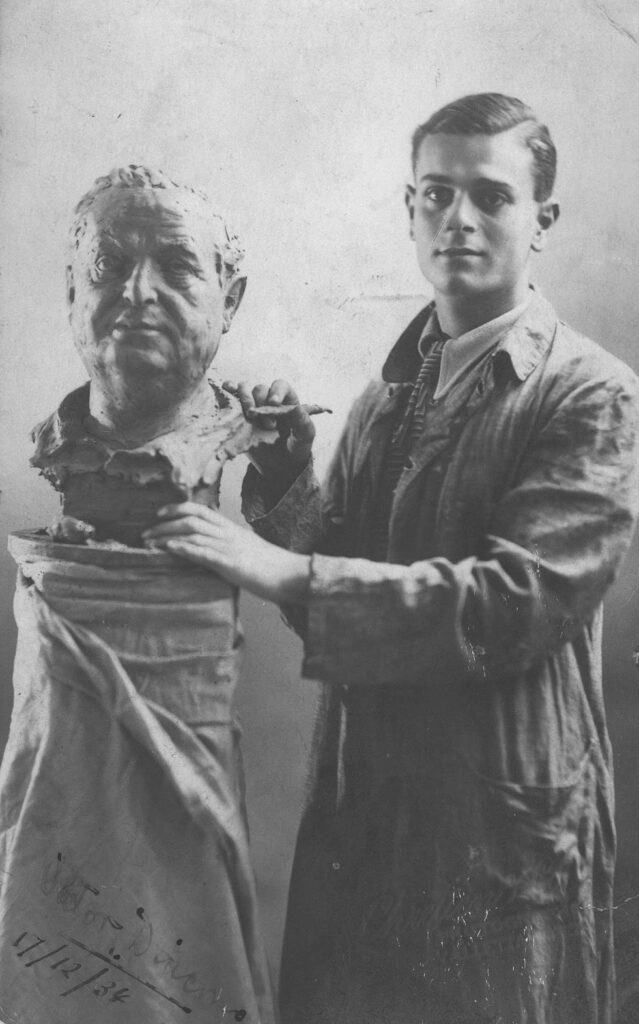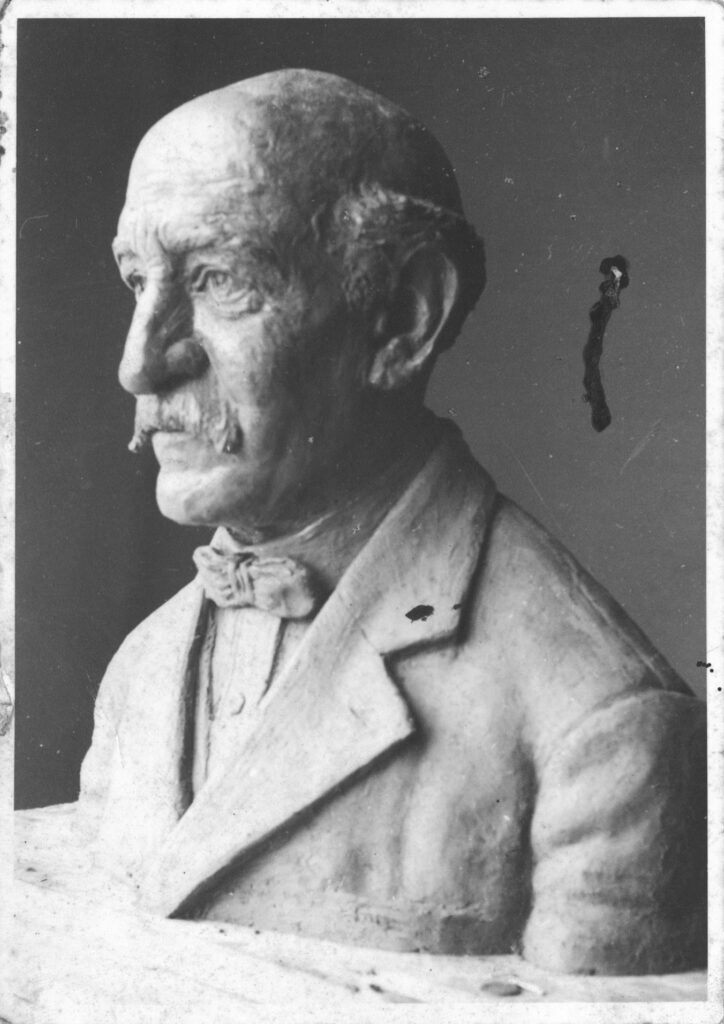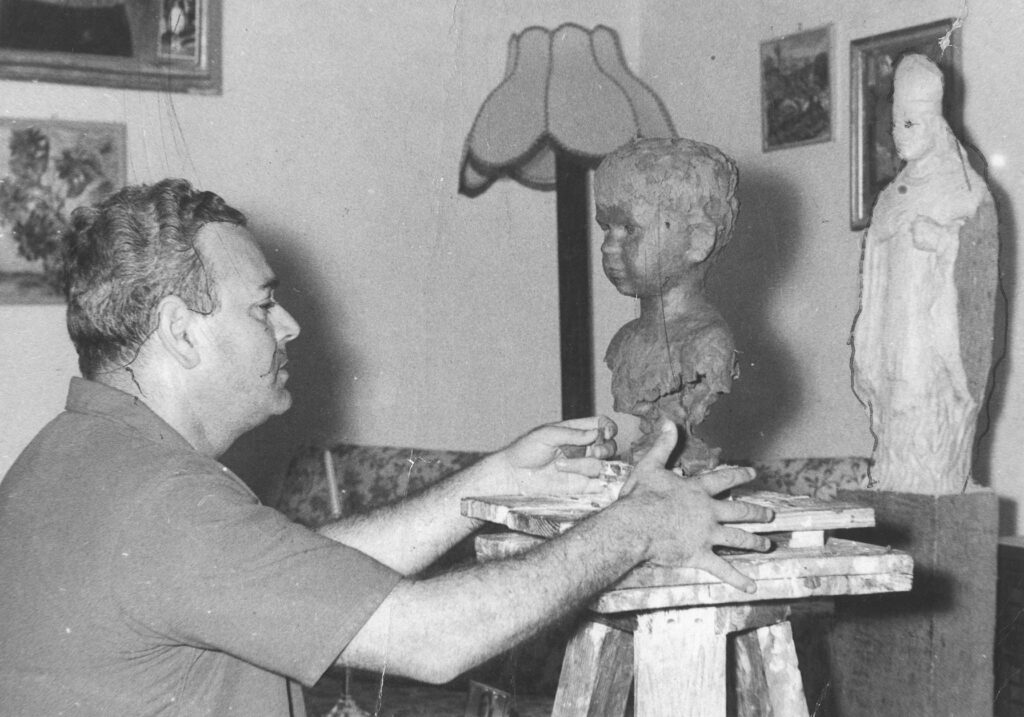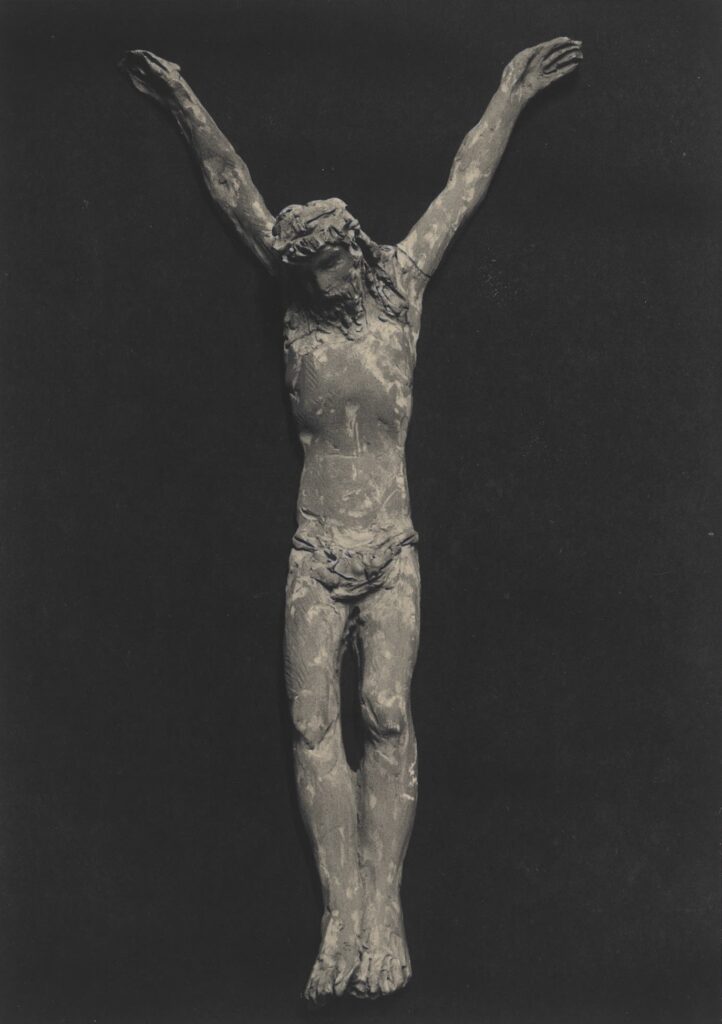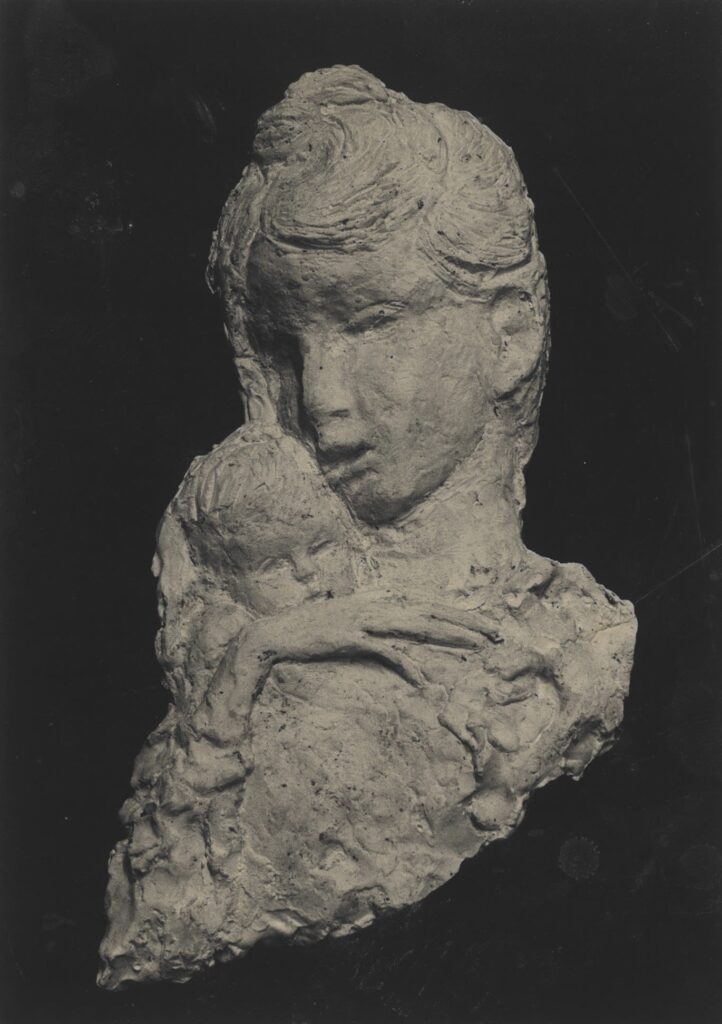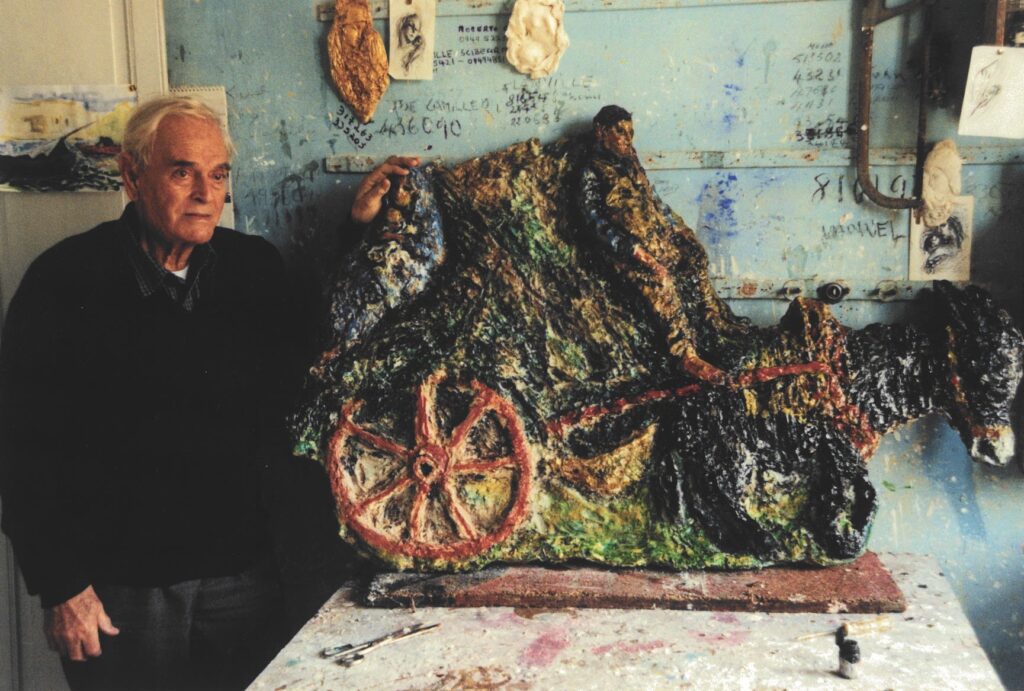Victor Diacono was a Maltese sculptor, caricaturist and painter who primarily received recognition for his distinctive figurative sculptures. During his early years, Diacono embarked on his artistic ventures by enrolling at the Malta Government School of Art, where he received training under Antonio Micallef, Robert Caruana Dingli and George Borg from 1927-1937. Essentially, such tutors, especially the latter, shifted Diacono towards a clear focus on the beauty of classicist art, as opposed to the modernist forthcomings. Much like Diacono’s peers, he too ventured offshore and pursued his studies in Rome at the Regia Accademia di Belle Arti. He was able to do so due to a scholarship for sculpture, which he received for having placed first in the Malta School of Art examination in 1937. Diacono studied in Rome concurrently to Willie Apap, who had also received a scholarship from the Malta School of Art. Essentially, Diacono’s years in Rome proved to have been very influential towards the development of his sculpture, especially because of the exposure to the masterpieces in museums, cathedrals and churches. He studied in Rome until 1940 and then returned to Malta due to World War II.
After the war, Diacono ventured offshore once again, this time relocating to the UK to study at the City and Guilds of London Art School, where he remained from 1947 until 1949. During this period, he also befriended Maltese artist Frank Portelli, which was to serve as a lifelong friendship. Upon his return back to Malta, Diacono embarked on a career in art education, and eventually became a receptionist and cashier at the prestigious Hotel Phoenicia in Valletta. This career choice proved to have also been useful for his artistic career, for it is in the context of the Phoenicia that he met Victor Pasmore. In 1952, Diacono married Antoinette Dingli, and they started a family together.
Stylistically, Diacono’s sculptures convey an atmospheric and poetic dimension, which together with the organic selective concealment of figures, defines Diacono’s sculptural output. Essentially, the human figure is central to his work, whereby he experiments with the human form through a traditionalist and modernist lens. For these reasons, a defining factor in Diacono’s work is his idealisation of female beauty in both sacred and profane contexts. This is epitomised in his interpretations of classicist themes including the Madonna and Child and the Three Graces.
